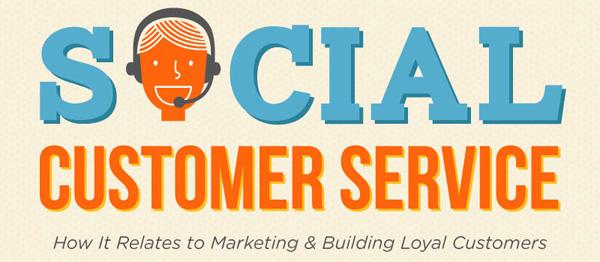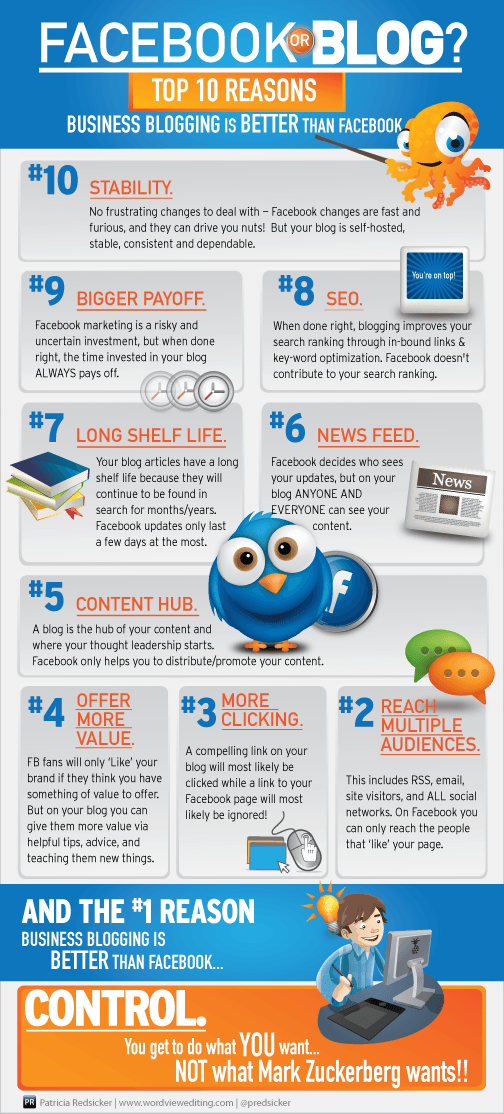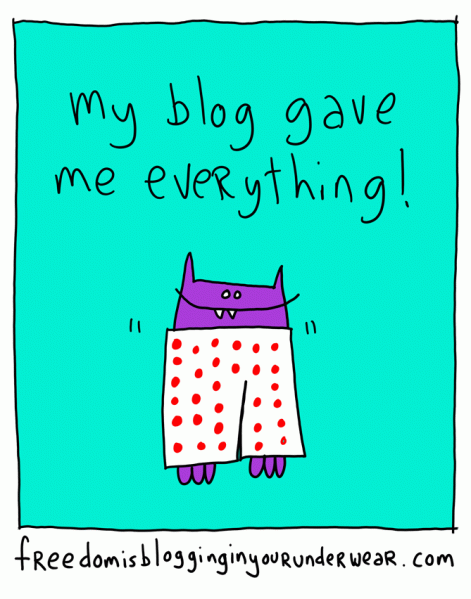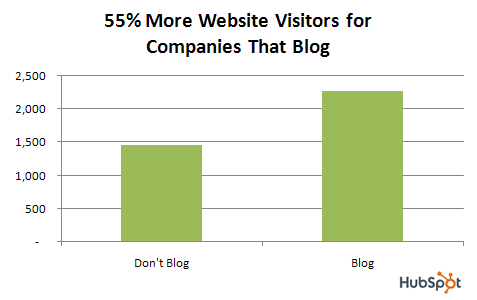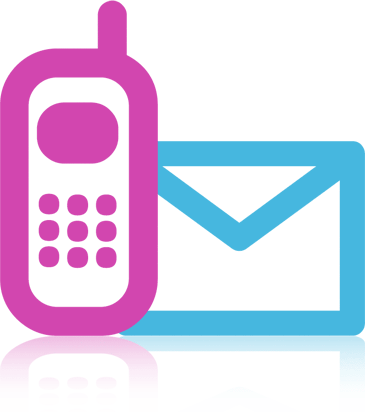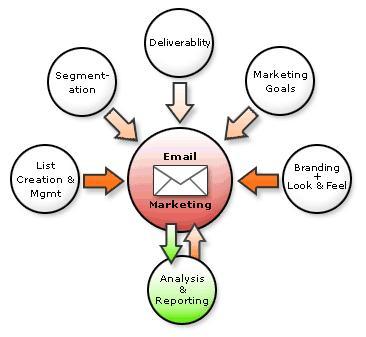The Keys to Nonprofit Blogging that Drives Engagement
 I’m a huge blog booster for nonprofits. So much so that tomorrow I’m offering a free webinar on the topic with the folks at Good Done Great. I’ll also be posting a series of articles on this topic in the coming week. If you don’t have a blog yet, you should get one. Pronto! Yup, I think they’re that important.
I’m a huge blog booster for nonprofits. So much so that tomorrow I’m offering a free webinar on the topic with the folks at Good Done Great. I’ll also be posting a series of articles on this topic in the coming week. If you don’t have a blog yet, you should get one. Pronto! Yup, I think they’re that important.
Here is an overview of what I’ll be covering in tomorrow’s webinar, plus I’ll have a special bonus offer for webinar participants. If you can’t make it, you’ll find a few actionable tips in this article. Plus you’ll find more actionable tips all week. I truly want you to do this, and I don’t want it to kill you. So I’m going to give you some easy steps you can take to make your blog (1) doable, and (2) a super investment of your time and resources. I’m betting that pretty soon you’ll wonder what you ever did without it!






